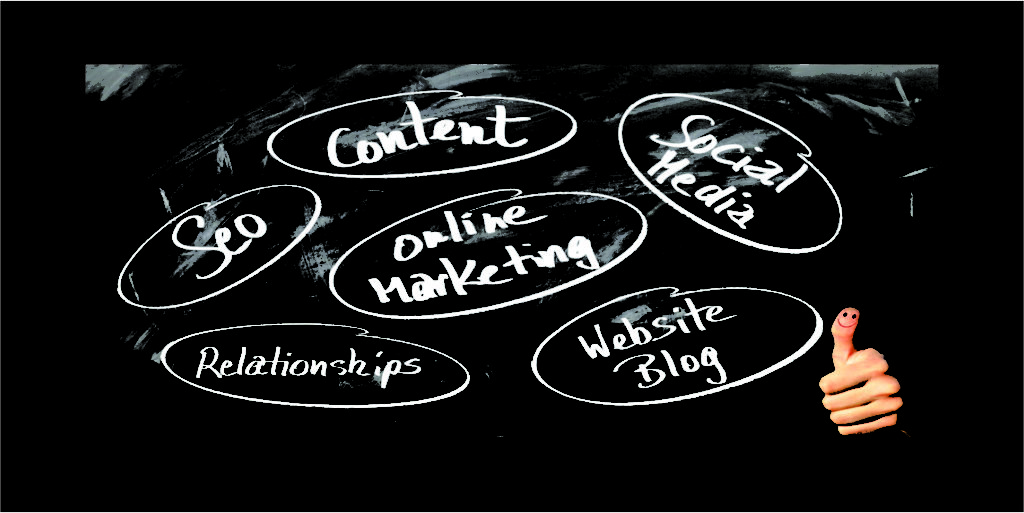
E-commerce and patent examination guidelines, understanding the guidelines are important as this shall increase the chances of grant and establishing monopoly, which shall further translate to licensing, contracting out, outsourcing, and strategic relationships.
Indian Law – E-commerce and Patent Guidelines
In E-commerce and patent guidelines, the examiners scrutinize the applications primarily based on Section 3(k) of the Indian Patent Act 1970. Section 3(k) of the Patents Act 1970 specifically excludes mathematical or business methods, algorithms, and “computer programs per se” from the scope of patentable subject matter. The general dictionary meaning of “per se” means “by itself” or “in itself” – to show that you are referring to something on its own, rather than in connection with other things.
Understanding the Objection in E-commerce patents
Most of the e-commerce applications get objection from the patent office on the grounds that e-commerce patents involving buying, selling, tax collecting, securing payments, falls under the section 3 (k) indicating the invention either falls in “business methods, algorithm, or computer programs per se”.
Defining Business Method
The term “Business Methods” strictly involves methods of doing business, involving activities in a commercial or industrial enterprise relating to transaction of goods or services. The claims, not directly claiming “business methods”, but apparently adopting indirect unspecified means are held non-patentable. Similarly, if the claimed subject matter specifies an apparatus and/or a technical process for carrying out the invention partly (“business method” in substance), still the claims are examined as a whole and rendered non-patentable. Therefore, when a claim is “business method” in substance, it will not considered as patentable subject matter.
The mere presence of the words such as “enterprise”, “business”, “business rules”, “supply-chain”, “order”, “sales”, “transactions”, “commerce”, “payment” etc. in the claims may not lead to conclusion of an invention being just a “Business Method”, but if the subject matter is essentially about carrying out business/ trade/ financial activity/ transaction and/or a method of buying/selling goods through web, the same should be treated as business method and shall not be patentable.
It is important for the applicant to understand that applicant should properly communicate to the examiner that “per se” means standalone the invention is a computer programme or business method. An e-commerce applications are computer system performing electronic commerce or computerized commerce.
Types of claims in E-Commerce patent
Means plus Function claim format: The claims concerning CRIs are phrased as means for performing some function such as means for converting digital to analog signal etc. The means mentioned in the claims shall clearly be defined with the help of physical constructional features and their reference numerals to enhance the intelligibility of the claims. The claims in means plus function form shall not be allowed if the structural features of those means are not disclosed in the specification.
Further, if the specification supports performing the invention solely by the computer program then in that case means plus function claims shall be rejected as these means are nothing but computer programme per se.
Where no structural features of those means are disclosed in the specification and specification supports performing the invention solely by the software then in that case means in the “means plus function” claims are nothing but software.
It is important to understand that when a computer program is installed in a system it modifies the whole system and the system provides a totally different output or function that was not possible before, thus the whole system is novel and patentable. Hence, the inclusion of term “per se” after computer program, allows the applicants to claim novel systems which is essentially combination of hardware and software in their totality. Therefore it is completely wrong to interpret that novelty and inventiveness should vest in the hardware, but more importantly the hardware and software combined together should perform a new function. Therefore section 3K has essentially stopped pure software i.e. source code and object code. The section does not extend to machines (computer systems) or machine implemented methods, which facilitate industrial applications.
